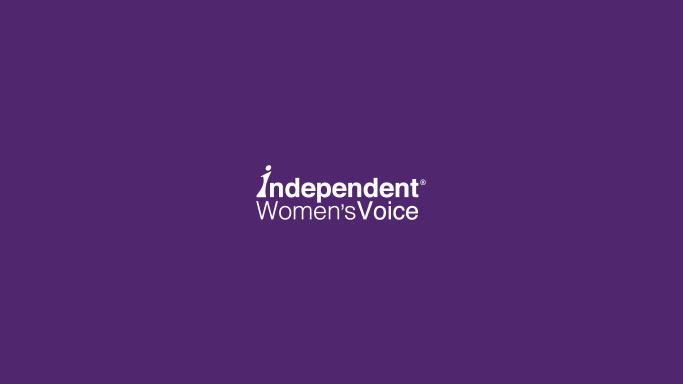Who are the uninsured? A hard-hitting piece by a former breast cancer surgeon gives an unsentimental look at a segment of this population. Linda Halderman, M.D. encountered many patients who could afford insurance but made other choices when she was a surgeon in a practice that combined care for uninsured women with breast cancer with cosmetic cases. (The latter helped subsidize the former.)
Dr. Halderman reports that the following items were frequently to be seen on her uninsured patients:
- iPods and portable DVD players
- GameBoys and handheld electronic games
- Artificial fingernails requiring maintenance every two weeks at a cost of $40-$60 per salon visit
- Elaborate braided hair weaves, $300 per session plus frequent maintenance
- Cell phones and “BlackBerry” PDAs, including just-released models with a price tag of $400, plus an ongoing monthly service fee of $65-$150
- Custom-designed body art, including tattoos covering the entire torso, neck and arms, as well as body jewelry piercing every skin surface imaginable-and a few unimaginable ones. Custom tattoo work, particularly the “portrait-type”and “half sleeve” art popular in this area, runs from $100-$300 per hour and can require up to 20 hours of work, depending on the complexity of the design.
Many of these people could have bought health insurance. Haldeman reported:
A friend of mine sells private health insurance plans. He told me of the 39-year-old father of two whose family was quoted a monthly insurance premium of $250.
“Are you kidding?” he said, refusing the coverage. “That’s almost as much as my boat payment!”
Dr. Halderman cared for many people who were genuinely poor, people for whom luxury was having electricity. But I can’t help feeling resentful that I might be taxed to support those who are uninsured by choice. I agree with Halderman:
Individuals in this country have a right to decide how — and how not — to spend their money.
But that right does not include accepting entitlements without sharing responsibility. Doing so contributes to the high cost of care that burdens every unsubsidized patient.
If individuals prefer to buy luxury items rather than pay for their healthcare needs, that preference should not be rewarded while taxpayers struggle to foot their own bills.

